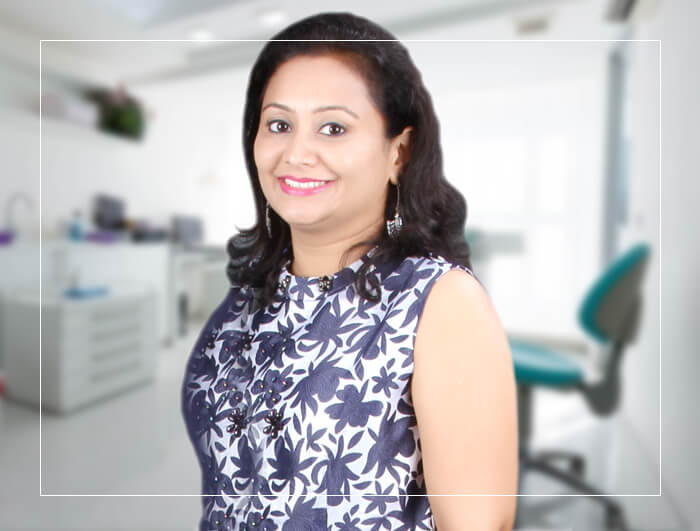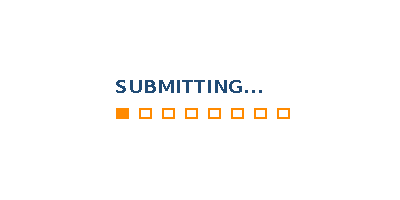Prashanth Dental Clinic(Vijayanagar)
Procare Dental Clinic(Nagarabhavi)
Talk to us
+91-080-23352628
+91-080-23214995
+91-080-23352628
+91-080-23214995

Neuromuscular Orthodontics
NEUROMUSCULAR ORTHODONTICS
Many dentists are realizing that there is more to a perfect bite than straight teeth. In dental school, we were taught that teeth are attached to the jaws, yet there are also muscles, joints, nerves, and blood vessels that make up the whole head and neck complex. When closing the jaw teeth, we guide the muscles to a position — but that's not always where the muscles want to be. If the bite is off, the muscles will fight to stabilize the jaw. If a person's bite is out of line with where the muscles naturally want to go, the muscles become strained and tired.
Neuromuscular dentistry goes beyond the hard tissues of the head and neck and includes the soft tissues, muscles, and nerves. It is important to understand that there is a balance between the body's ability to adapt to an imperfection and the stresses placed on its physiologic range of motion and posture. Therefore, the ability to objectively measure muscle function and correlate it to a proper jaw position and its movements in function is an important part of removing stresses and finding a balanced orthodonticly finished position. Establishing an occlusion based upon the most stable position and function of the temporomandibular joints and the most relaxed posture and function of the masticatory muscles is a key component of neuromuscular dentistry.
Neuromuscular orthodontics emphasizes how the muscles, jaw joints, and teeth affect one another. The use of this state-of-the-art jaw recording instrumentation identifies a proper tongue and jaw position to help eliminate negative forces on teeth. Rather than guessing subjectively and assuming the jaw trajectory is correct, the instrumentation assists in identifying a correct jaw position before and after orthodontic treatment.
Neuromuscular dentistry goes beyond the hard tissues of the head and neck and includes the soft tissues, muscles, and nerves. It is important to understand that there is a balance between the body's ability to adapt to an imperfection and the stresses placed on its physiologic range of motion and posture. Therefore, the ability to objectively measure muscle function and correlate it to a proper jaw position and its movements in function is an important part of removing stresses and finding a balanced orthodonticly finished position. Establishing an occlusion based upon the most stable position and function of the temporomandibular joints and the most relaxed posture and function of the masticatory muscles is a key component of neuromuscular dentistry.
Neuromuscular orthodontics emphasizes how the muscles, jaw joints, and teeth affect one another. The use of this state-of-the-art jaw recording instrumentation identifies a proper tongue and jaw position to help eliminate negative forces on teeth. Rather than guessing subjectively and assuming the jaw trajectory is correct, the instrumentation assists in identifying a correct jaw position before and after orthodontic treatment.
TENS
A low-frequency TENS (transcutaneous neural stimulator) is used to relax facial and masticatory muscles. Tensing is the first modality used to restore muscle to normal resting length prior to occlusal diagnosis. Muscle spasm and shortening is often found in patients with TMD signs and symptoms. It is also characteristic of patients with occlusal wear and dysfunction. By starting with a truly relaxed rest position of the mandible it is possible to establish a reference position to evaluate jaw position.
Tensing is an invaluable tool in your armentarium to begin restoring the patients masticatory system. Low-frequency TENS can be used in dentistry in three ways:
If it is determined that the your bite is the likely cause of the pain, we identify a new jaw position that leaves your jaw muscles in a more relaxed state. Options may include reshaping the enamel of the teeth; reconstruction, which involves making the teeth higher by using crowns to permanently realign the bite; and moving teeth to optimal position with orthodontic appliances, such as braces or Invisalign.
Tensing is an invaluable tool in your armentarium to begin restoring the patients masticatory system. Low-frequency TENS can be used in dentistry in three ways:
- It relaxes muscles and allows the practitioner to determine a muscularly oriented jaw-to-skull relationship toward which we can now move the teeth.
- It relieves pain caused by spasm and tension.
- It closes the jaw through space to a position that is most compatible with relaxed muscles. Many people have headaches, migraines or jaw pain and simply live with the discomfort—from mild to severe—because physicians are often unable to locate a physiological cause. But it may come as a surprise that the pain can stem from your mouth, not your head, and be caused by a poor or misaligned bite. Muscles of the temple area and forehead play a key role in opening and closing the jaw.
We refer to the misalignment of the bite as temporomandibular (jaw joint) disorder, or TMD (also popularly referred as TMJ).. In addition to frequent headaches, common TMD symptoms include pain in the neck, clicking or popping of the jaw, clenching or grinding, swallowing problems, dizziness, ringing in the ears, tingling of the fingertips, and nervousness or insomnia.
If it is determined that the your bite is the likely cause of the pain, we identify a new jaw position that leaves your jaw muscles in a more relaxed state. Options may include reshaping the enamel of the teeth; reconstruction, which involves making the teeth higher by using crowns to permanently realign the bite; and moving teeth to optimal position with orthodontic appliances, such as braces or Invisalign.
Test Data
Test Data

About
Dr. Prashanth Kumar
Dr. Prashanth Kumar
Dr. Prashanth Kumar's vision to fulfill the need for specialized dental care and treatment resulted in the establishment of Prashanth Dental Clinic in 1999.
He graduated from Government Dental College, Bangalore in 1999. Completed his Diplomat in Orthodontics from ICNOG university, Italy. He is also a fellow in Implant and Esthetic Dentistry. He is an active Member of the International Orthodontic Association and Indian Dental Association. He is also an authorized dental surgeon to KPCL and BHEL.
He graduated from Government Dental College, Bangalore in 1999. Completed his Diplomat in Orthodontics from ICNOG university, Italy. He is also a fellow in Implant and Esthetic Dentistry. He is an active Member of the International Orthodontic Association and Indian Dental Association. He is also an authorized dental surgeon to KPCL and BHEL.
About
Dr. Soujanya Prashanth
Dr. Soujanya Prashanth
Dr. SOUJANYA PRASHANTH graduated from SDM, Dharwad in 2002. She is an active Member of the Indian Dental Association. She is a consultant dental surgeon to BGS GLOBAL HOSPITAL, Kengeri, Bangalore. She is also an authorized dental surgeon to BEL and BHEL.
She started her practice from the year 2004 and with that came the establishment of Procare Dental Clinic , she has evolved the clinic from the basic requirement to advanced facilities to each and every patient.
She started her practice from the year 2004 and with that came the establishment of Procare Dental Clinic , she has evolved the clinic from the basic requirement to advanced facilities to each and every patient.

Need a Doctor for Check - up ?
Just Make An Appointment
Just Make An Appointment
Get in touch
Prashanth Dental Clinic

#175, 15th Main, M.C. Layout,
Opposite Vijayanagar Metro
Station ( Gate A)
Vijayanagar, Bangalore-560040
Opposite Vijayanagar Metro
Station ( Gate A)
Vijayanagar, Bangalore-560040
Procare Dental Clinic

#3, Jnanabharathi Main Road, Nagarabhavi,
Bangalore-560072
Bangalore-560072
Copyright © All Rights reserved | Privacy Policy



